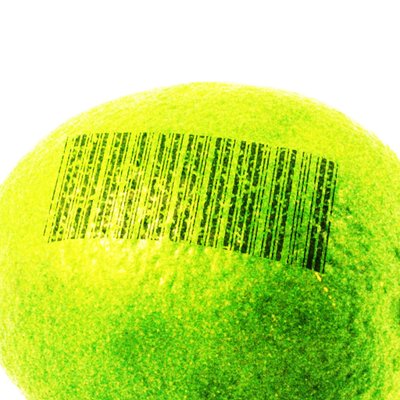Tag: art
-
scanlime:017 / Boldport #3, Cordwood Puzzle
Assembling the Cordwood Puzzle, an electronics kit from the Boldport Club subscription service. It’s a close look at a relaxing build with a vintage look and delightfully unique design. Check out Saar’s work: https://www.boldport.com/ This video was filmed in front of a live Internet audience. Stream archives: Dec 2, 2016: https://youtu.be/OodND7hXA-A?list=PLhbhmdpDp9xFvxH7lYiD0mnCrw4dqgasJ Dec 4, 2016: https://youtu.be/zGrPml4o_Cg?list=PLhbhmdpDp9xFvxH7lYiD0mnCrw4dqgasJ
-
scanlime:009 / Flame Effect
Let’s use the glow discharge in a flicker flame bulb to make some weird neon art. This video is a photographic tour and rebuild of a simple glowthing made from a novelty light bulb and an old CCFL backlight inverter. It might have left me with more questions than answers after the laser pointers came…
-
scanlime:008 / Boldport #1 – Pease
I jumped at the opportunity to get hardware in the mail from another like-minded art hacker. In this video I’ll unbox the kit, assemble it delicately, and finally I’ll have to make some squiggles and beeps with it. Link to Saar’s Boldport Club: https://www.boldport.com/club You can also hear more from Saar himself in this episode…
-
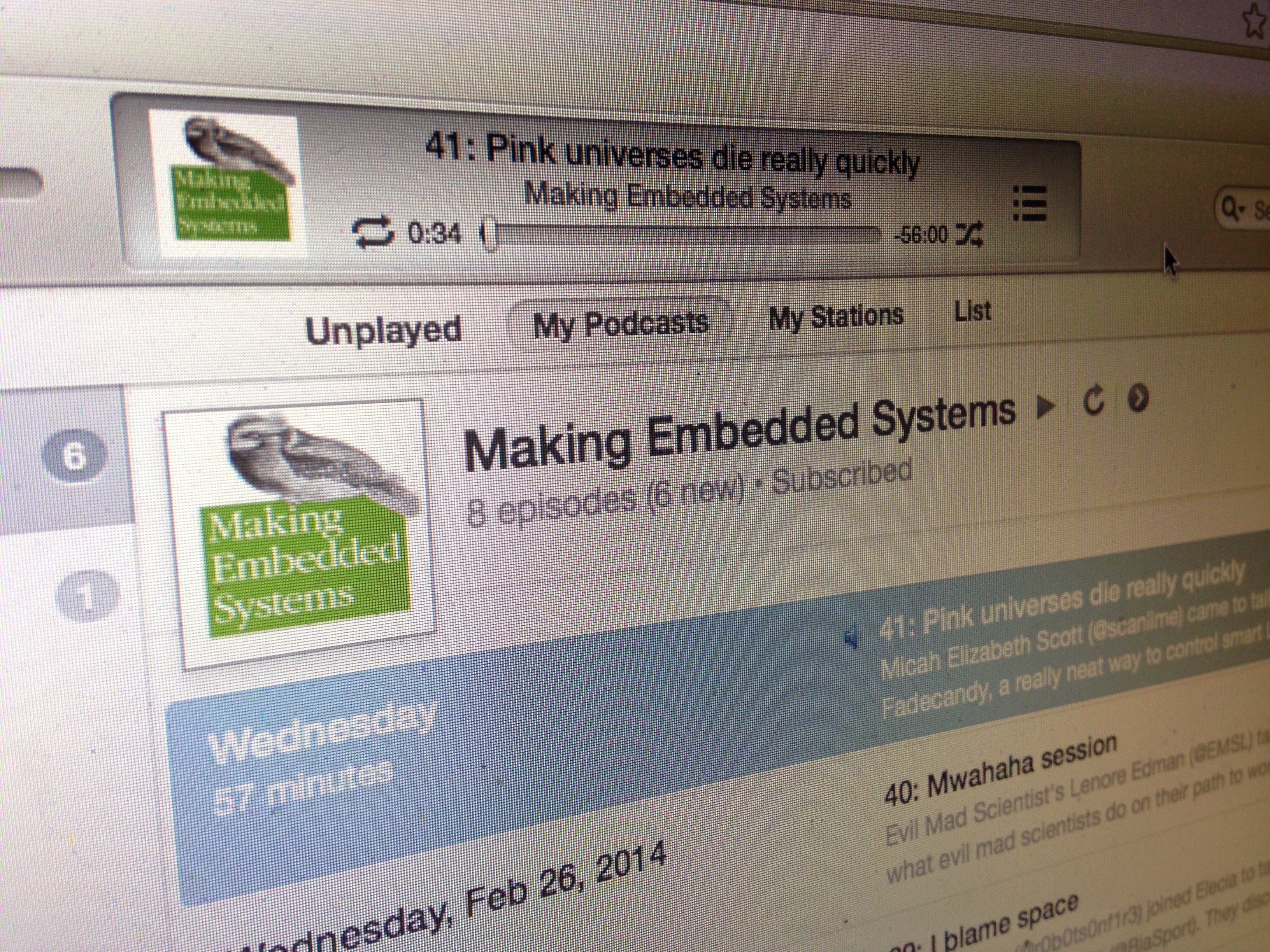
Fadecandy on the Making Embedded Systems podcast
I recently had the opportunity to speak with Elecia White on the Making Embedded Systems podcast about Fadecandy. The conversation ranged from beautiful LED control algorithms and open source embedded projects to triangle tessellations, art, and identity.
-
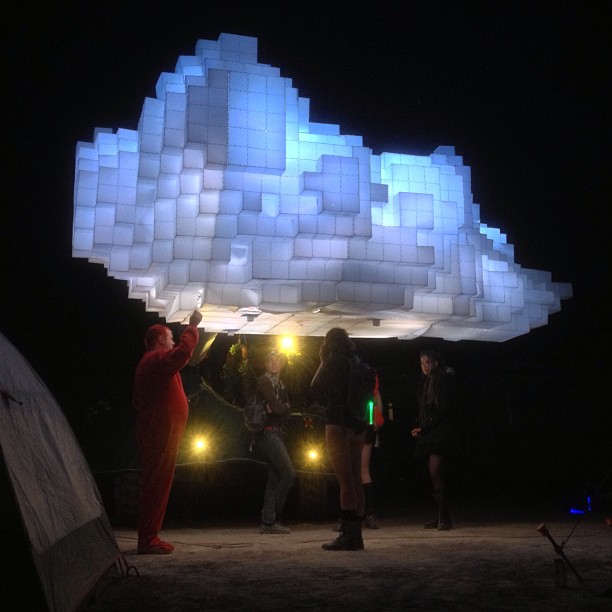
The Ardent Mobile Cloud Platform
This year I had the pleasure of working on a big art project for Burning Man with a wonderfully talented group of artists and engineers in my community. It started with a simple idea: Let’s bring a variable reach forklift to Burning Man, and put a cloud on it.
-
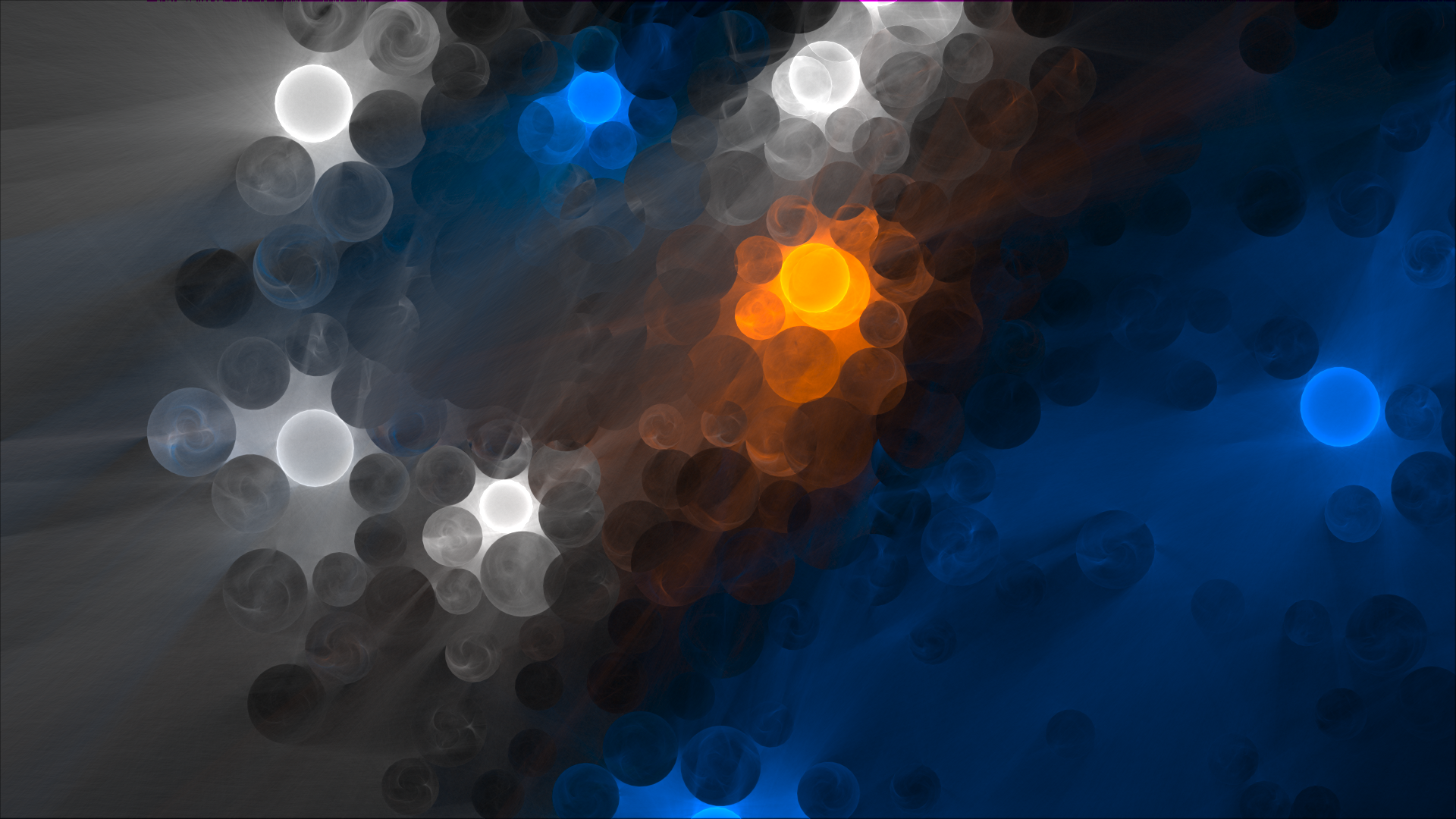
High Quality Zen
Announcing High Quality Zen, a batch renderer based on Zen photon garden. I built it as a way to further experiment with this 2D raytracing style, adding animation and color.
-
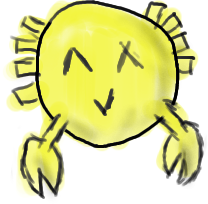
Pinchy scribbles
I bought a Wacom tablet recently.. partly for work, but partly because they’re so rad. I’m definitely no artist, but Paul demanded I post some of my scribbles.
